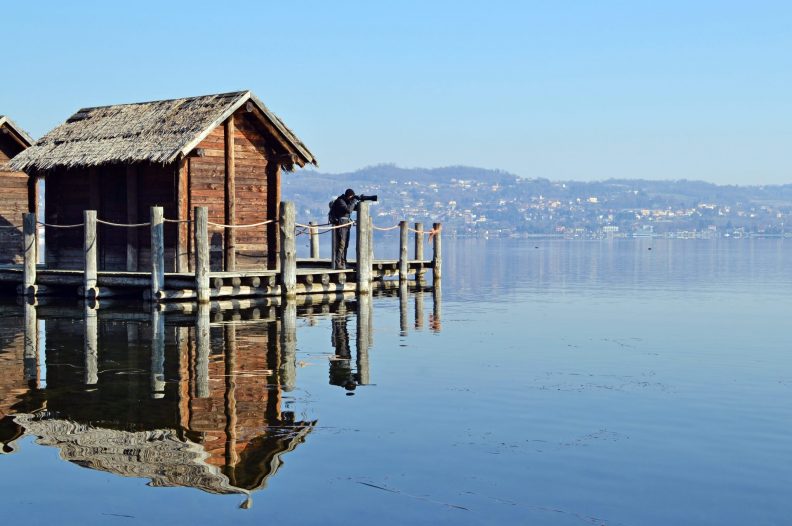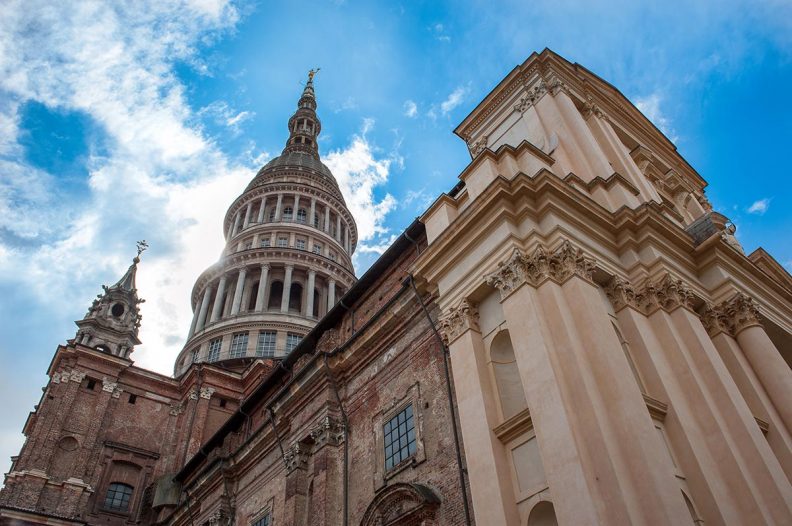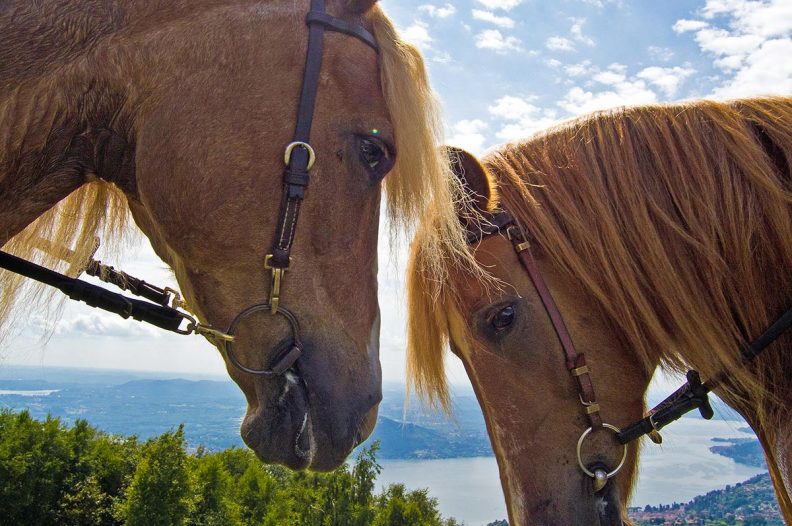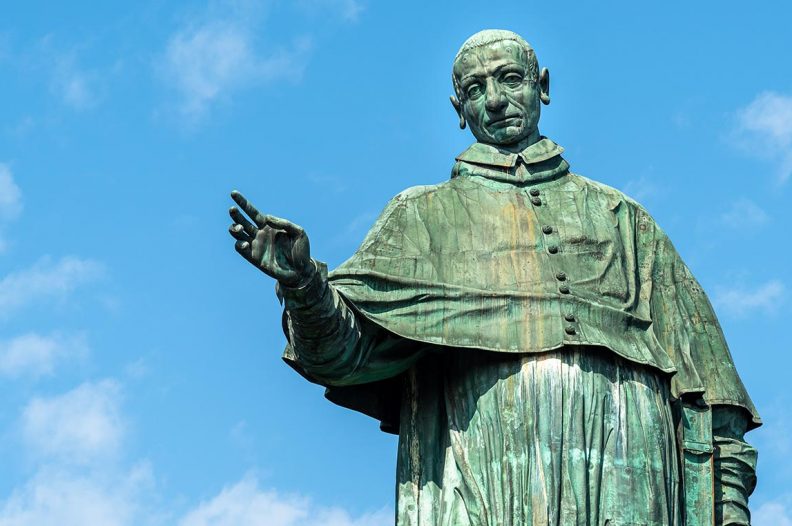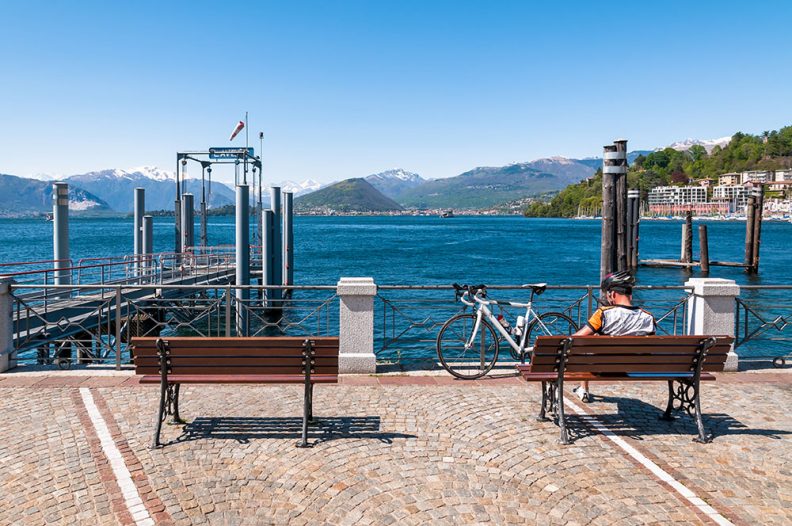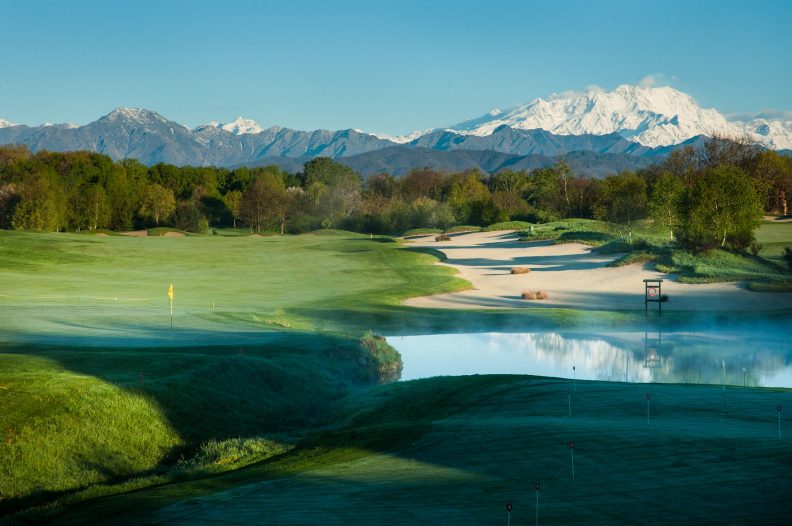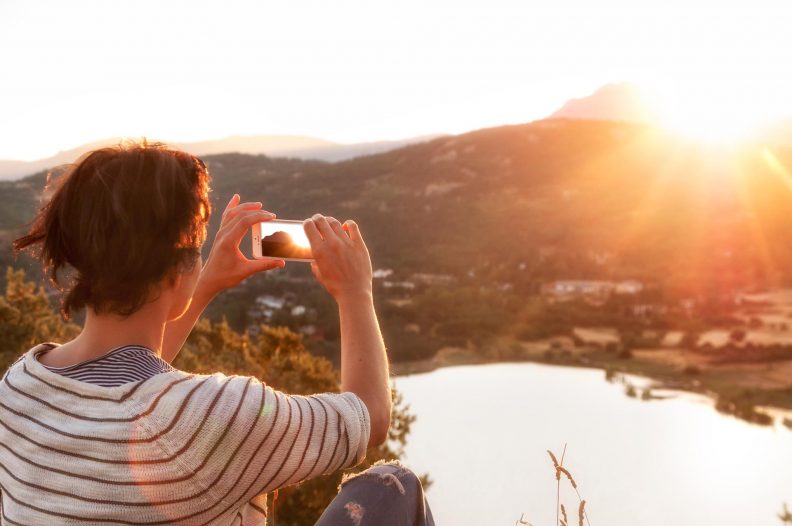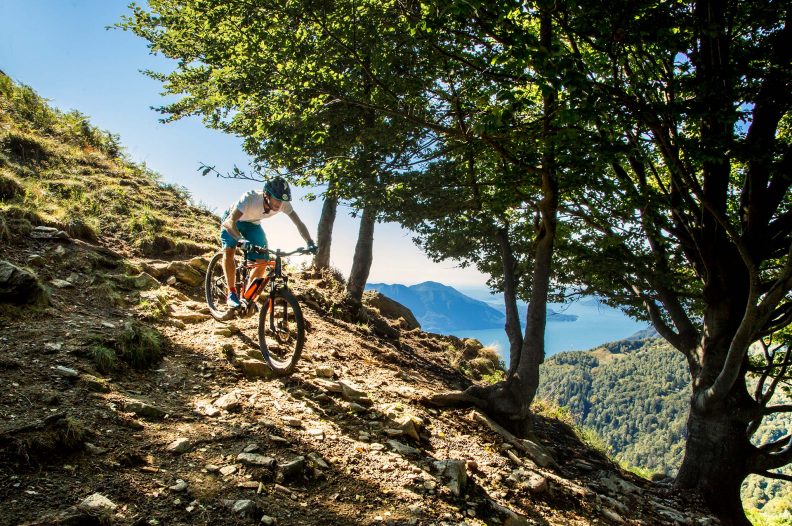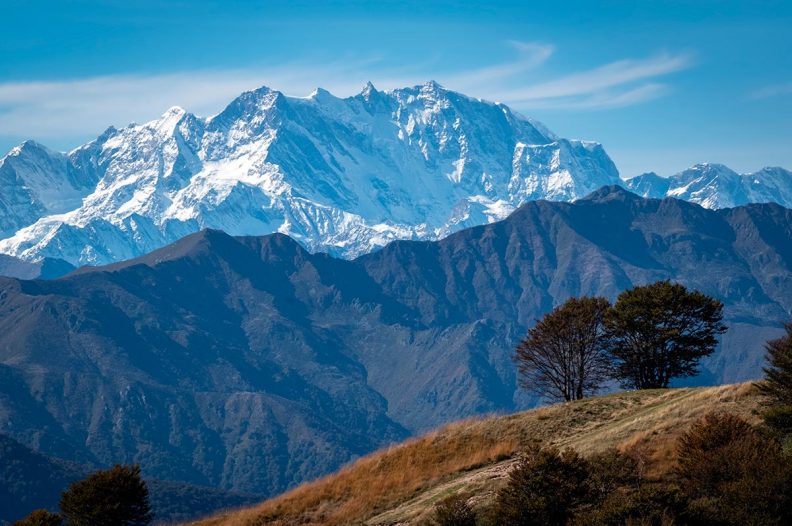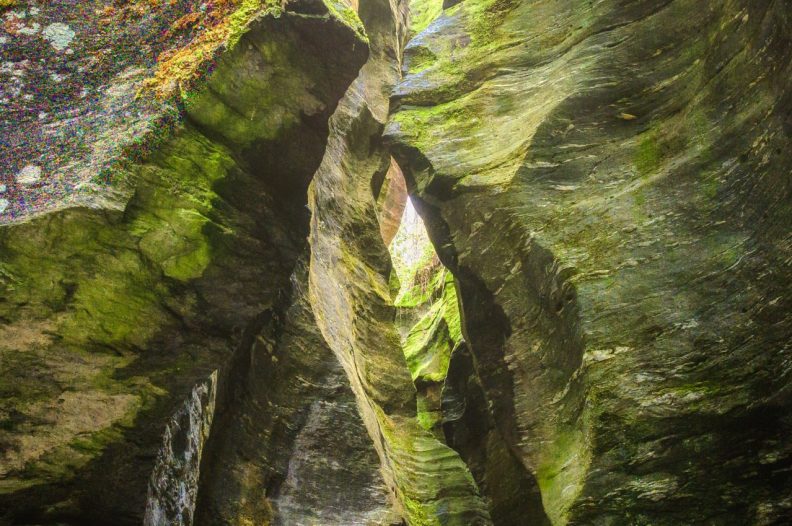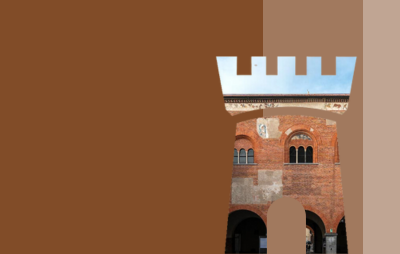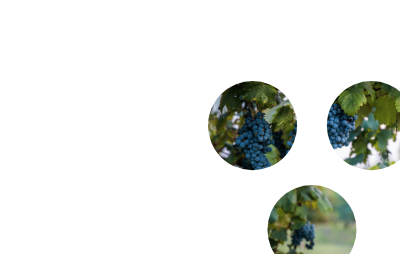On the wings of imagination: an unexpected Lake Orta
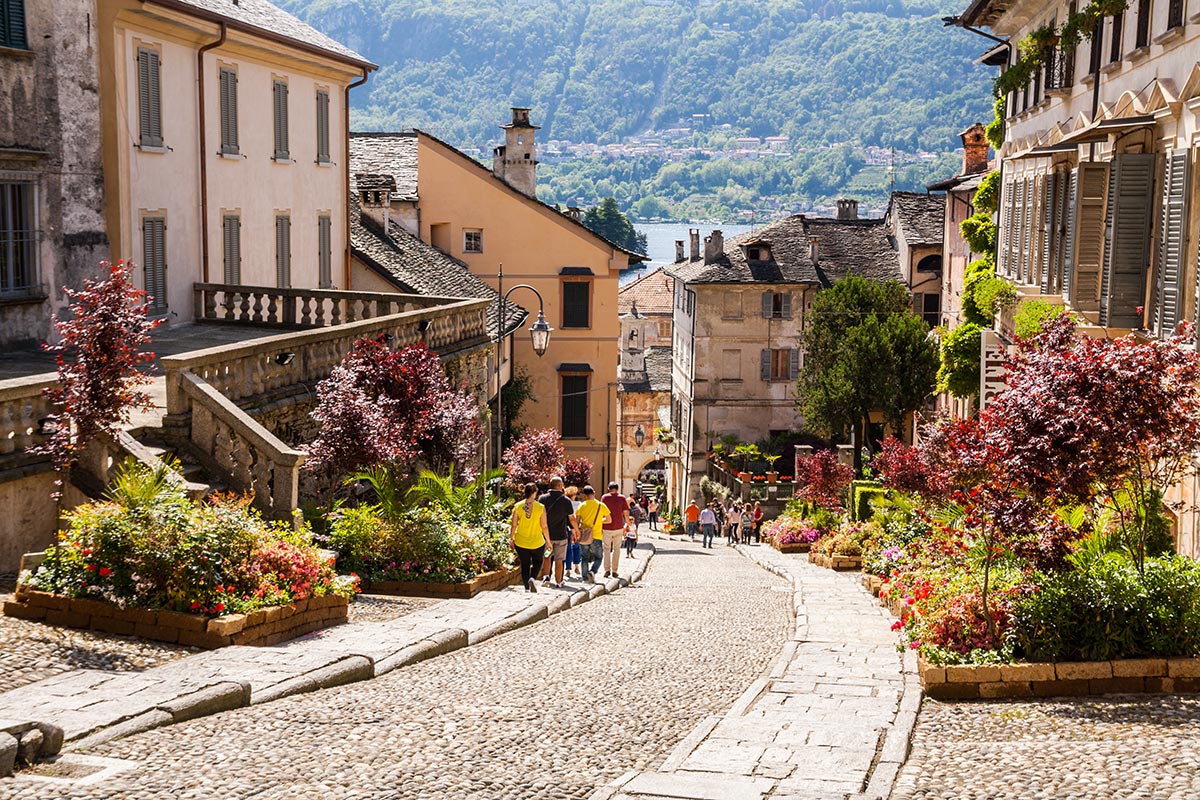
“Maybe the truth depends on a walk around the lake”.
This brings to mind the words of Wallace Stephens, with reference to Lake Orta, on the art of writing: “the meaning and attraction can be hidden in simplicity”.
Lake Orta, set like a gemstone amongst the mountains, cannot be overlooked. It has a magical pull on whoever sees it for the first time, whether arriving by car or glimpsed from the Sanctuary of the Madonna del Sasso, creating immediate aficionados.
Explore Orta and its village, stroll through its narrow streets or among the hamlets enjoying an endless stream of magnificent views. Take a short boat ride to San Giulio, the “island of silence”, bask in the over-riding sense of peacefulness and religiosity. And afterwards try some of the delicious dishes on offer in Michelin starred restaurants or old fashioned inns. All this is Lake Orta. And more.
Tales that educate the mind
The lake is famous for its designer industries – Bialetti and Alessi – and for the Parco delle Fantasia inspired by the fantastical works of the great Gianni Rodari, a native of Omegna. Born in 1920, his stories and nursery rhymes remain current. In all his stories Rodari roamed through the Italian peninsula, – click on this link rodarimappa to read some excerpts – and Lake Orta is included in his magnificent “A Grammar of Fantasy”. Two stories “The fish-accountant of Cusio and “Baron Lamberto appeared twice” are both set around the Lake.
In the latter Lake Orta acquires an independent personality; it is a lake that “goes its own way” and runs north, as though it wanted to gift its waters to Monte Rosa – the reference was to the Nigoglia emissary, which exits north near Omegna.
And so, following the adventures of weird and wonderful characters – Baron Lamberto lives on the Island of San Giulio, owns 24 banks and is always ill – we are invited to discover, with the simple curiosity typical of children, an animated lake with its patchwork of villages: Corconio, Lortallo, Alzo, Pogno and numerous others.
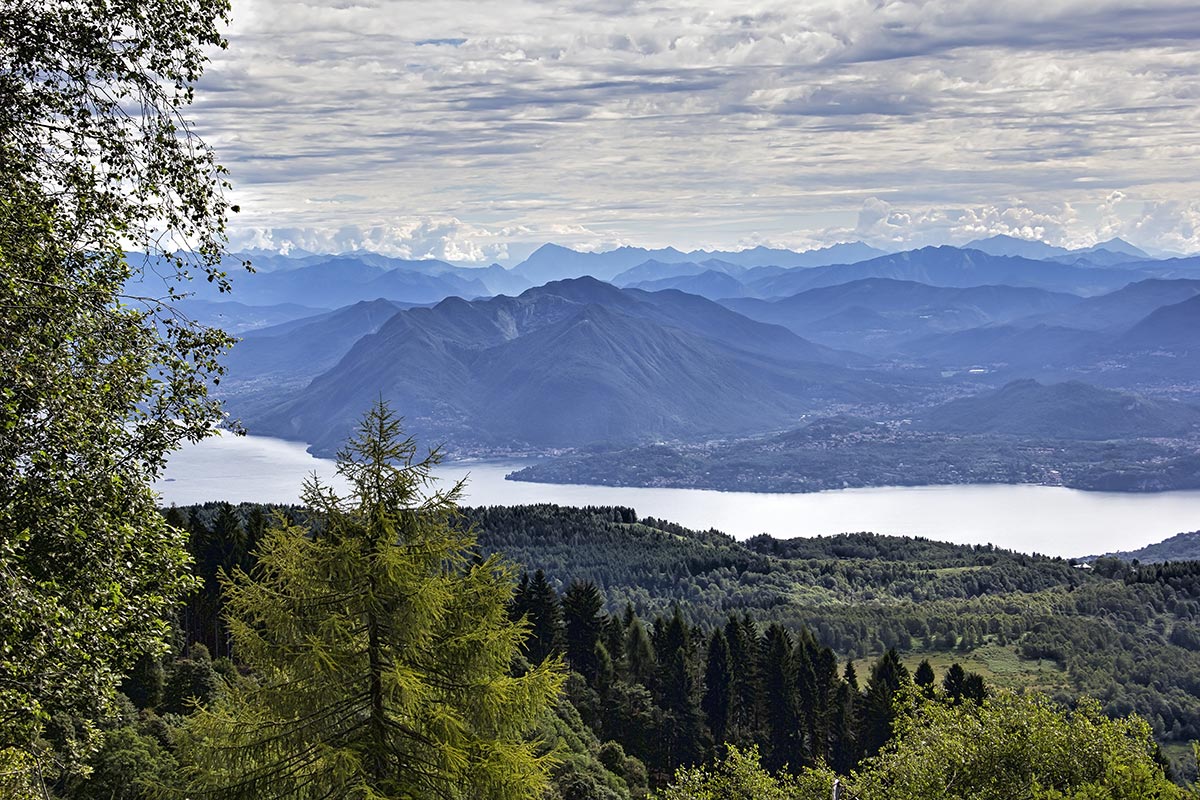
Living in a painting
Legro, which is known as a painted village, moves us on from literature to the visual arts. In this small hamlet upstream of Orta, are forty-five frescoes on the walls of as many houses that depict famous films with Lake Orta as a setting. Amongst these are “Il balordo”, “The secret lover”, “A thorn in the heart”, “The bishop’s room” and “The desire to win”, with other paintings freely inspired by the fables and stories of Gianni Rodari. This hidden gem has been included in a national circuit of 127 painted villages. This project was begun in 1994 with the town of Arcumeggia, in the province of Varese, then extended to include the entire territory.
One should not forget Quarna di Sotto, the “town of music”
Quarna di Sotto is located in the mountains overlooking Omegna. In the nineteenth century a local turner, who had learned the art of creating musical instruments in Milan, returned home and started a company hand- producing saxophones. Still active today, it is known all over the world for the high quality of its instruments.
Quarna di Sopra, a mere kilometer away, is instead a magnificent viewpoint. A short distance from the Sanctuary of the Madonna della Neve del Fontegno, located at the top of a steep path, the view is enchanting: on clear days it is possible to see Novara, with the easily recognizable dome of San Gaudenzio, and even the Ligurian Apennines.
LEGRO: A PAINTED VILLAGE
In Legro, a small hamlet upstream of Orta, are forty-five frescoes on the walls of as many houses, that depict a series of famous films with Lake Orta as a setting.
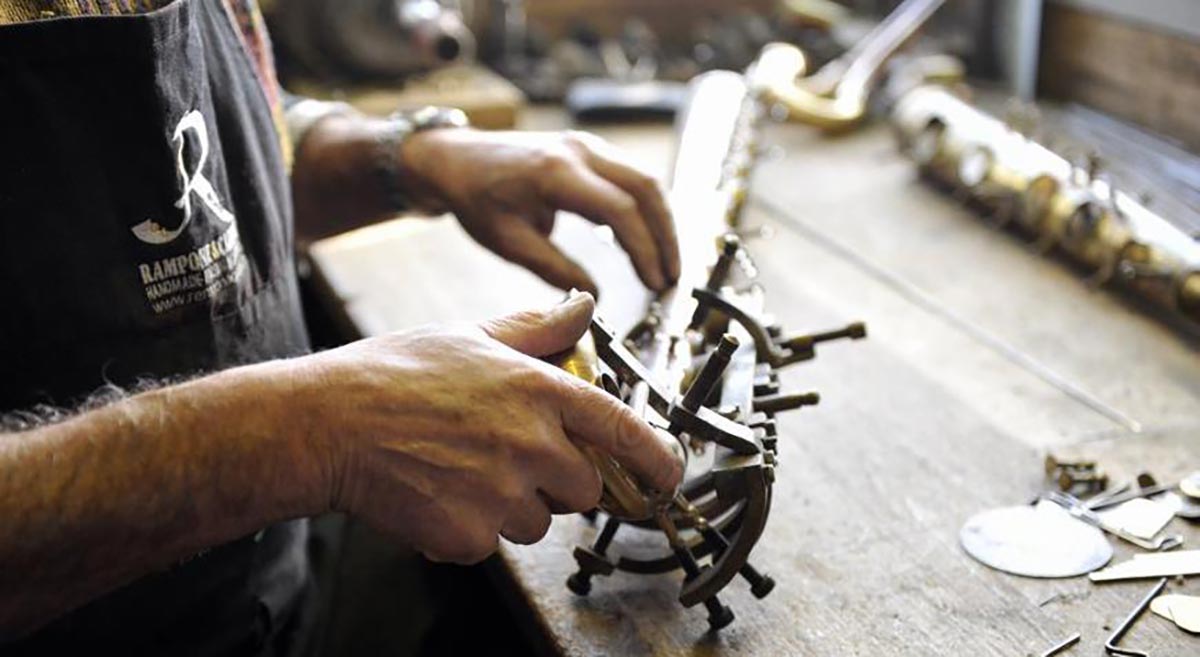
Incredible sunsets
Lake Orta will definitely satisfy the desire of all those looking for striking settings for memorable photographs. Including, perhaps, the possibility of capturing two sunsets almost simultaneously. In Nonio, on the western shore of the lake, a rare phenomenon occurs on some days in the winter period: the sun disappears in the afternoon behind Monte Castello, only to appear a few minutes later and then set definitively. A double sunset for exceptional photos.
History lovers will adore Pella, spectacularly located on the lake directly across from the Island of San Giulio. Documents describing this picturesque town date back to 1039. There is a fascinating medieval tower that is all that remains of the ancient defensive system. The 16th century church of San Filiberto dates back to the 11th century, but is surrounded by fourteen chapels of the Via Crucis, dating back to 1794.
From this magical territory overlooking the Lake continue onto the Sanctuary of the Madonna del Sasso, perched high above the lake and served, during the summer months, by a tourist train which offers an attractive and historically interesting itinerary. Do not overlook Pella as you wander around Lake Orta.
THE DOUBLE SUNSETS OVER NONIO
On some days in the winter period a rare phenomenon occurs: the sun disappears in the afternoon behind Monte Castello, only to appear a few minutes later and then set definitively.
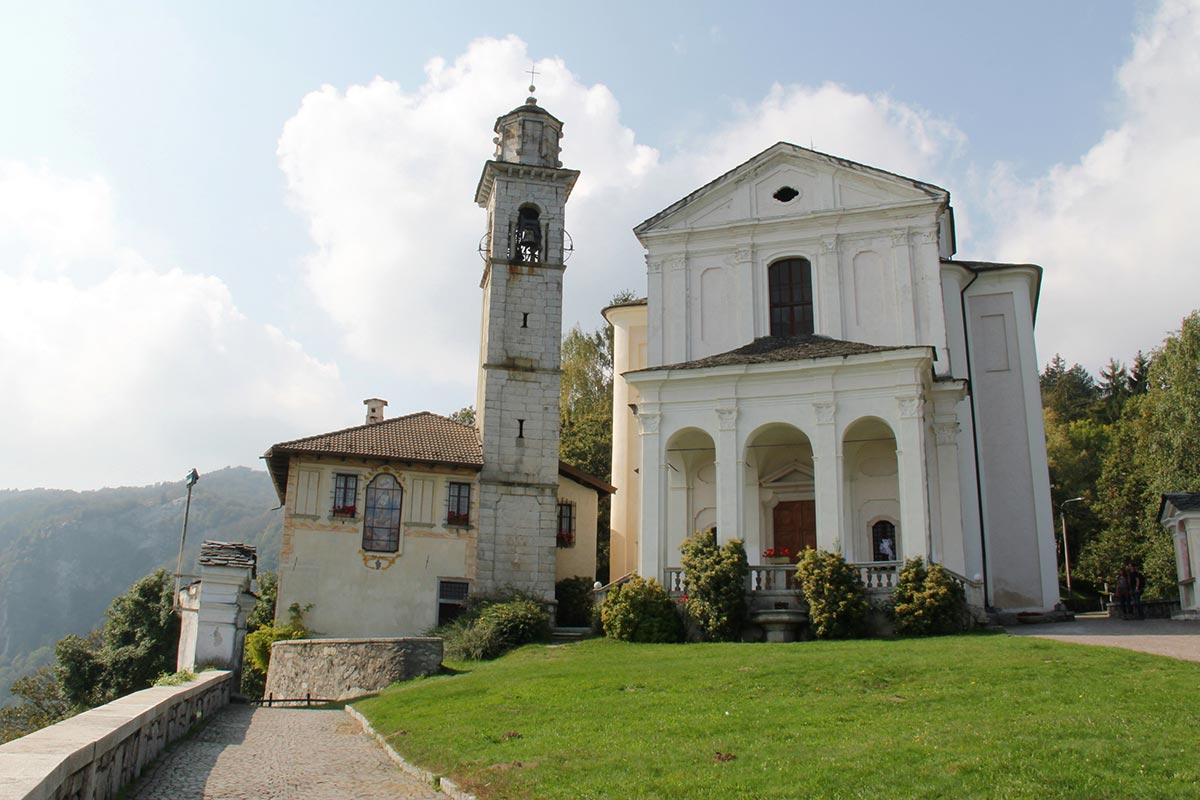
Wander through wilderness valleys
Those who want to go beyond Omegna can explore the wilderness that is the Strona Valley. It heads up, winding between steep wooded slopes. Sambughetto, one of the numerous villages that characterize the “Green Valley”, has a fascinating underground complex of tunnels and caves with imaginative names such as The Witches’ Cavern and The Fairies’ Hole. These caves are dug out of white marble and run through a series of tunnels seven hundred and thirty meters long, adorned with sand stalagmites. It is a distinctive environment with waterfalls, ravines and small rooms of spectacular beauty. A unique opportunity for visitors to capture the extraordinary beauty of an “upside down world”.
THE STRONA VALLEY
In Sambughetto you can visit tunnels and caves with fanciful names such as the Witches’ Cavern or the Fairies’ Hole.
